Descendre une montagne en skiant semble facile, mais vous êtes-vous déjà demandé comment les skis sont fabriqués ? Des matériaux qui leur donnent force et flexibilité aux couches complexes qui optimisent leur performance, les skis sont bien plus que de simples équipements — ce sont des pièces d'ingénierie finement réglées. Regardons cela de plus près.
Comment sont fabriqués les skis : les bases de la fabrication des skis
Fabriquer un ski est un processus minutieux qui combine savoir-faire et technologie. Cela implique généralement :
Conception
Les ingénieurs conçoivent la forme, les dimensions et le profil de flexion du ski selon son usage prévu (par exemple, course, freestyle, hors-piste).
Choix des Matériaux
Les skis sont fabriqués en combinant plusieurs matériaux, chacun choisi pour ses propriétés spécifiques comme la solidité, le poids et la flexibilité.
Superposition
Les skis sont construits en couches. Ces couches incluent le noyau, la couche supérieure, les renforts en fibre de verre ou carbone, et la semelle.
Moulage et Pressage
Les couches sont empilées dans un moule et pressées ensemble sous chaleur et pression, les liant en une seule structure.
Façonnage et Finition
Après le pressage, les skis sont découpés à leur forme finale, et les carres sont affûtées. La semelle est poncée et fartée pour assurer une glisse fluide.
Chaque ski subit des contrôles qualité rigoureux avant d'arriver en magasin, garantissant qu'il respecte les normes de performance et de durabilité.
Qu'est-ce que la structure d'un ski ?
La structure d'un ski fait référence aux couches et composants qui composent son corps. Voici un aperçu des parties clés d'un ski :
1. Le Noyau
Le noyau est le cœur du ski, fournissant sa flexibilité et sa solidité. Les matériaux courants incluent :
- Bois : Populaire pour sa flexibilité naturelle et sa durabilité.
- Mousse : Légère mais moins durable que le bois.
- Composite : Présent dans les skis non traditionnels comme les Snowfeet Skiblades, qui utilisent des matériaux renforcés en fibre de verre pour la solidité et la polyvalence.
2. Couches de renfort
Pour donner aux skis une durabilité et une rigidité supplémentaires, des couches de fibre de verre, de fibre de carbone ou de métal sont ajoutées autour du noyau. Ces renforts sont essentiels pour contrôler la flexion et la rigidité torsionnelle du ski.
3. Chants
Les chants protègent le noyau du ski et aident à transférer l'énergie vers les carres. Ils sont généralement fabriqués en plastique ou en ABS, qui est léger et résistant.
4. Semelle
La semelle est la partie inférieure du ski qui entre en contact avec la neige. Elle est faite en polyéthylène, qui est durable et offre une excellente glisse lorsqu'elle est cirée.
5. Carres
Les carres métalliques courent le long des côtés du ski, vous permettant de bien accrocher et de tailler des virages sur la neige dure.
6. Couche supérieure
La couche supérieure est la couche la plus externe qui protège les composants internes du ski et lui donne un aspect soigné. C'est aussi là que les fabricants affichent leurs graphismes et leur marque.
Comment s'appelle le dessous des skis ?
Le dessous des skis s'appelle la semelle, et il joue un rôle crucial dans la performance. Les semelles de ski sont faites en polyéthylène, qui est soit :
- Extruded : Moins cher, durable, mais moins efficace pour retenir la cire.
- Sintered : Plus cher, poreux, et meilleur pour retenir la cire pour une glisse plus rapide.
La semelle est soigneusement meulée et structurée pour créer de minuscules rainures qui canalisent l'eau et réduisent la friction, vous offrant une glisse fluide et rapide.
Pourquoi les skis sont-ils si chers ?
Si vous avez déjà eu un choc en voyant le prix des skis, vous n'êtes pas seul. Voici pourquoi les skis ont un prix élevé :
1. Matériaux de haute qualité
Les skis sont fabriqués à partir d'un mélange de matériaux haut de gamme tels que le bois, la fibre de verre, la fibre de carbone et le métal de haute qualité. Chaque matériau est soigneusement sélectionné pour optimiser la performance, la durabilité et le poids.
2. Processus de fabrication complexe
Le processus de conception, de test et de fabrication des skis est très exigeant. La précision est essentielle, et l'utilisation de machines avancées et de moules fait augmenter les coûts.
3. Recherche et développement
Les fabricants de skis investissent massivement en R&D pour améliorer les performances et créer des designs innovants. Par exemple, les Skiblades Snowfeet utilisent des matériaux renforcés en fibre de verre pour combiner résistance, légèreté et flexibilité — des caractéristiques qui nécessitent un développement approfondi pour être parfaites.
4. Durabilité et longévité
Une bonne paire de skis est conçue pour durer des années, ce qui signifie que les fabricants doivent utiliser des matériaux et des procédés de haute qualité qui résistent à l'usure.
5. Production limitée
Comparés aux produits de masse, les skis sont produits en quantités plus petites, ce qui rend les économies d'échelle plus difficiles à réaliser.
Si vous voulez économiser quelques euros, pensez à raccourcir, pas à réduire la qualité. Les Skiblades par Snowfeet sont une option abordable mais de la même qualité que les skis longs.
Skis non traditionnels : un regard sur Snowfeet
Alors que les skis traditionnels dominent le marché, l'intérêt pour des skis non traditionnels comme Snowfeet est en croissance. Ces skis compacts et innovants sont une alternative unique aux options classiques.
Qu'est-ce qui rend les Skiblades Snowfeet différents ?
- Matériau : Fabriqués avec des matériaux renforcés en fibre de verre, ils offrent une excellente durabilité et flexibilité.
- Taille : Leur longueur plus courte fusionne le ski et le patinage en une expérience unique de skiskating.
- Fixations innovantes : Les fixations Snowfeet sont une prouesse d'ingénierie en elles-mêmes. Leur design combiné à leur courte longueur vous permet de les utiliser avec des chaussures d'hiver classiques.
Snowfeet change la vision traditionnelle des skis en utilisant matériau renforcé en fibre de verre, rendant ainsi les mini skis abordables pour tout le monde. 
Voici un bref aperçu de la façon dont les skis sont fabriqués et pourquoi ils sont peut-être coûteux. Si vous trouvez que les skis longs classiques représentent un investissement trop important, envisagez de donner une chance à Snowfeet - ils pourraient être la solution idéale pour vous.




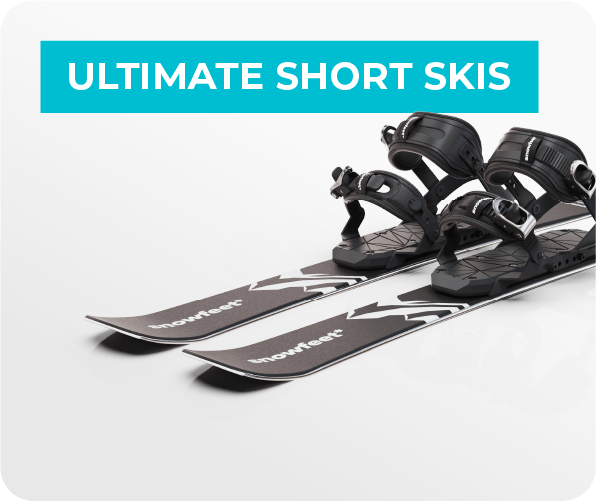


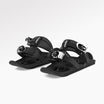
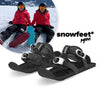

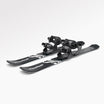




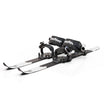

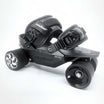

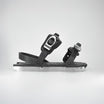






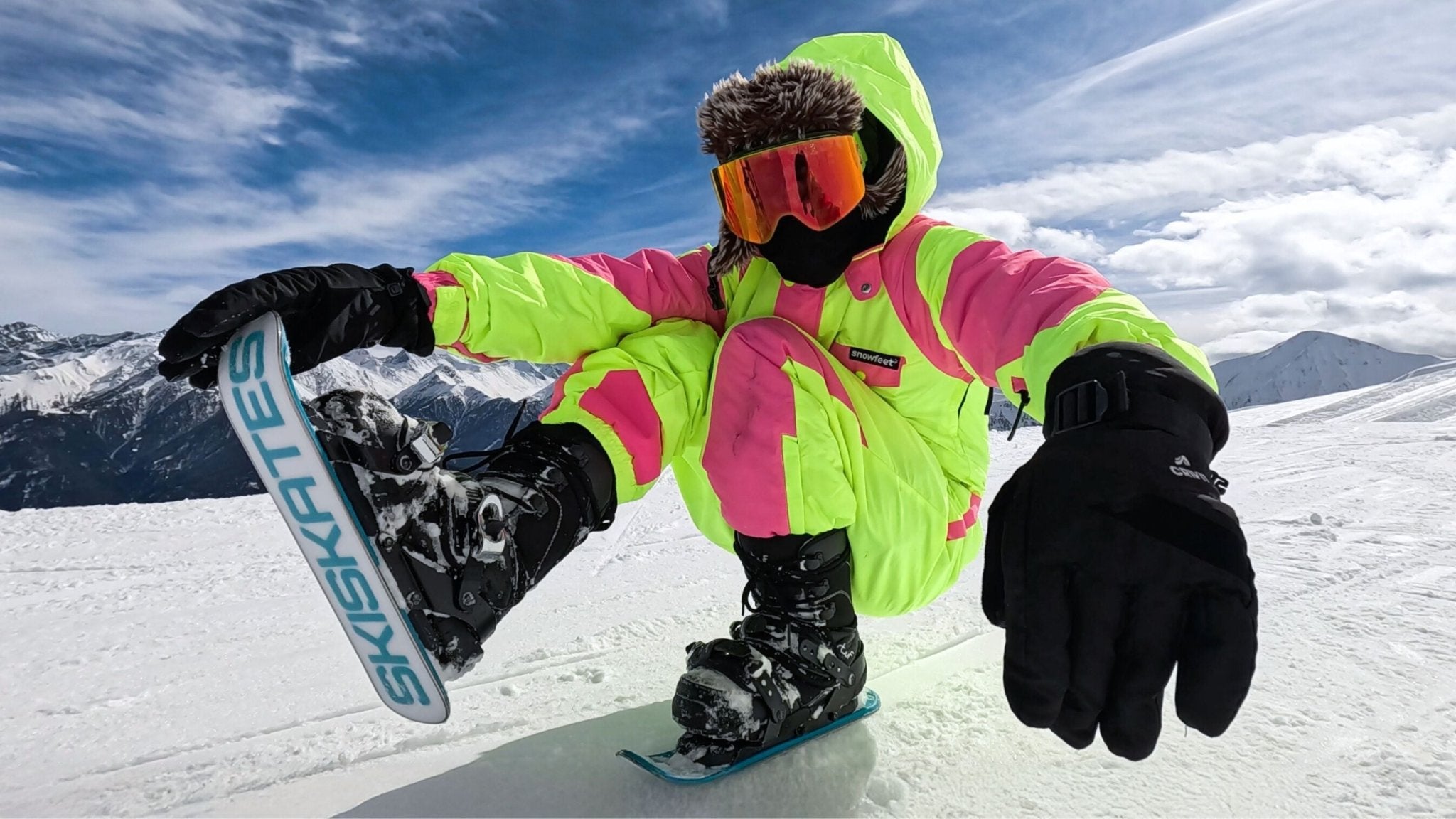
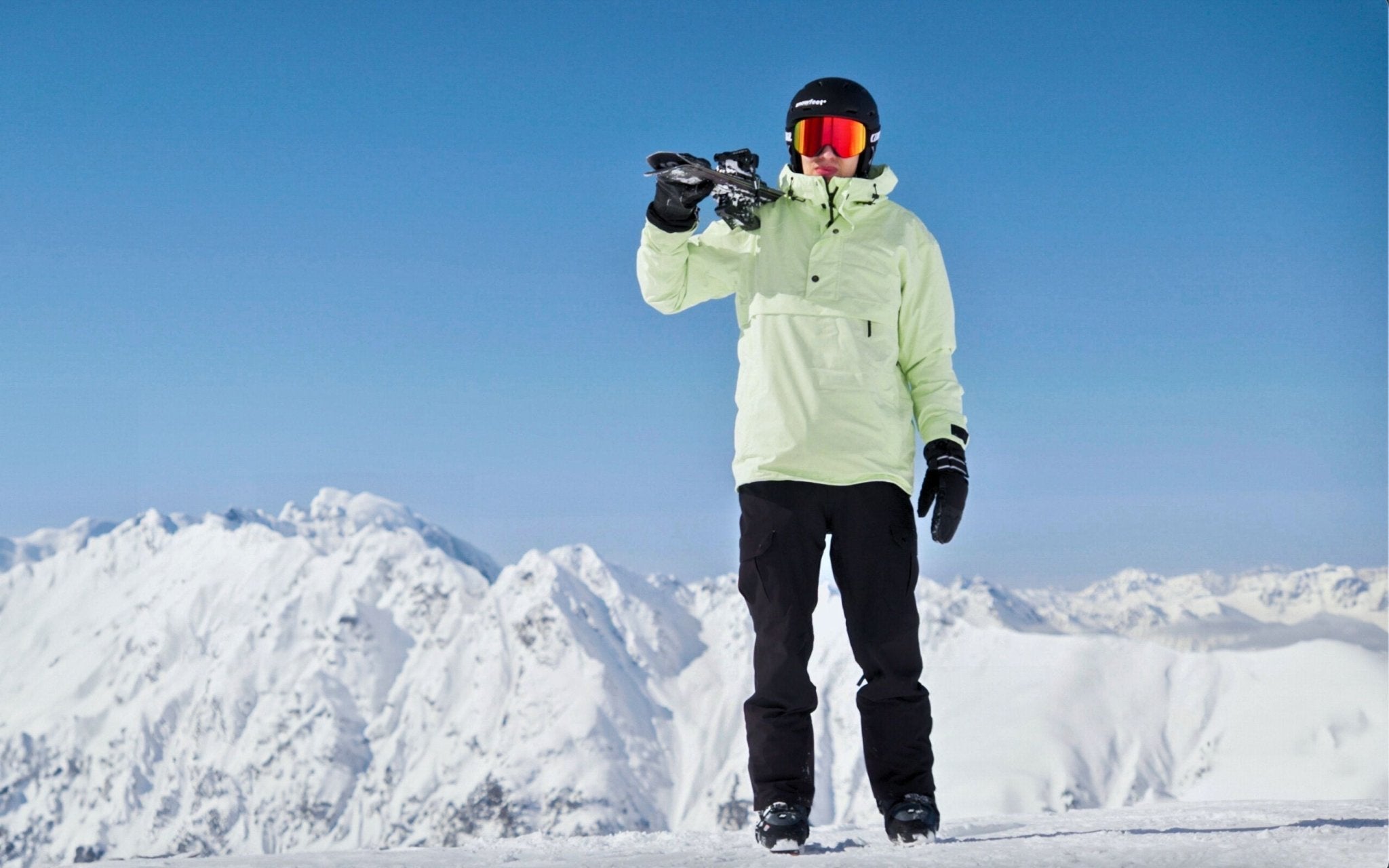




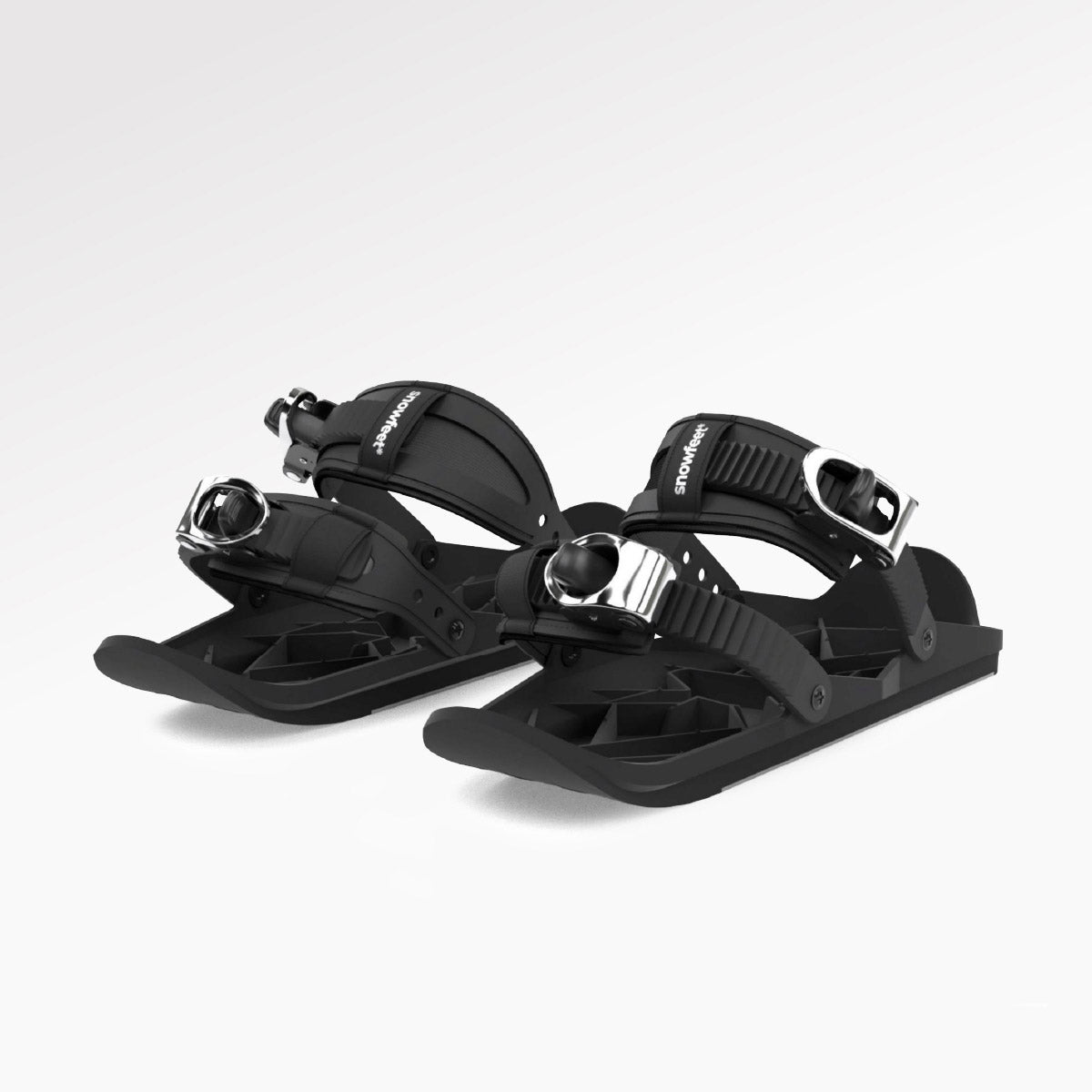
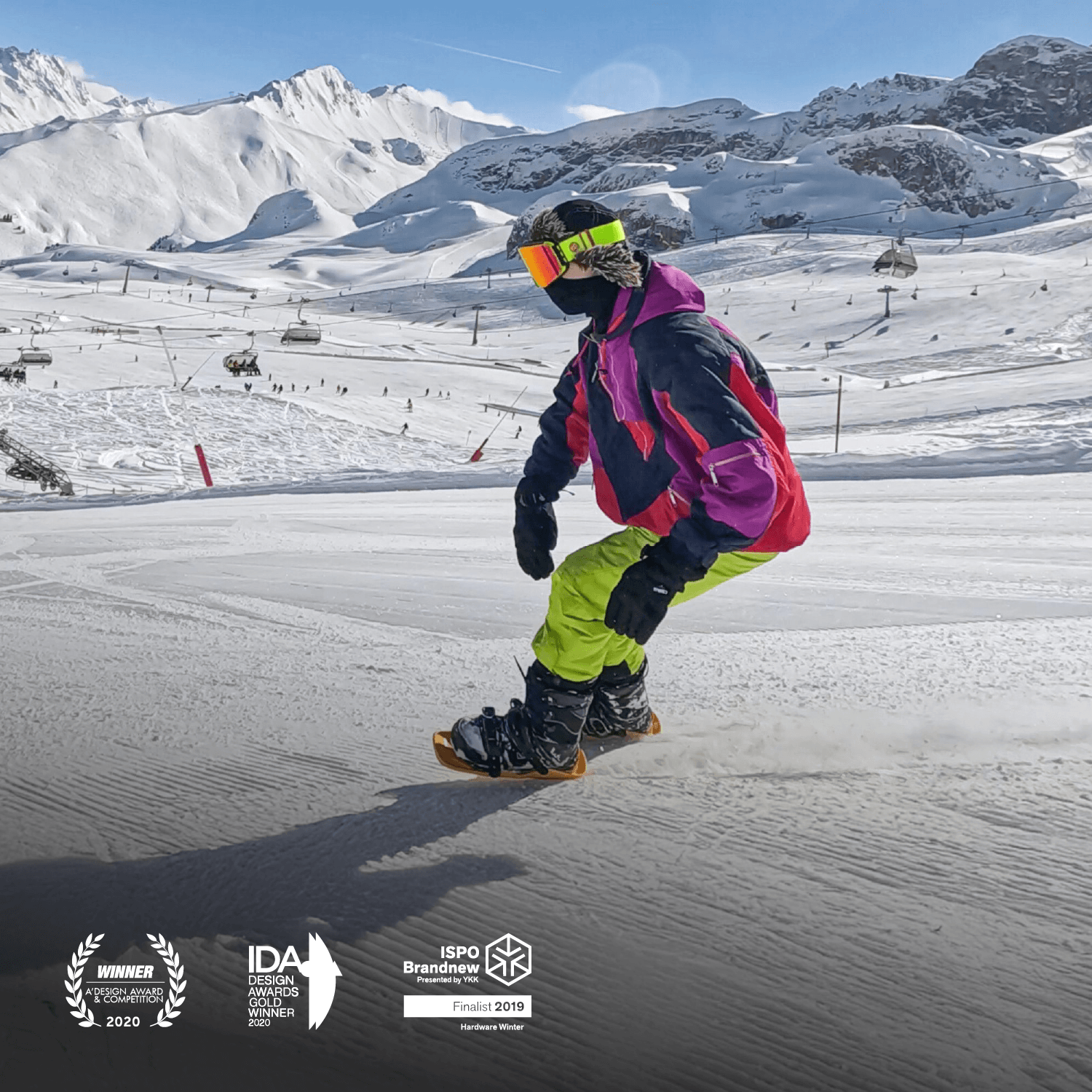
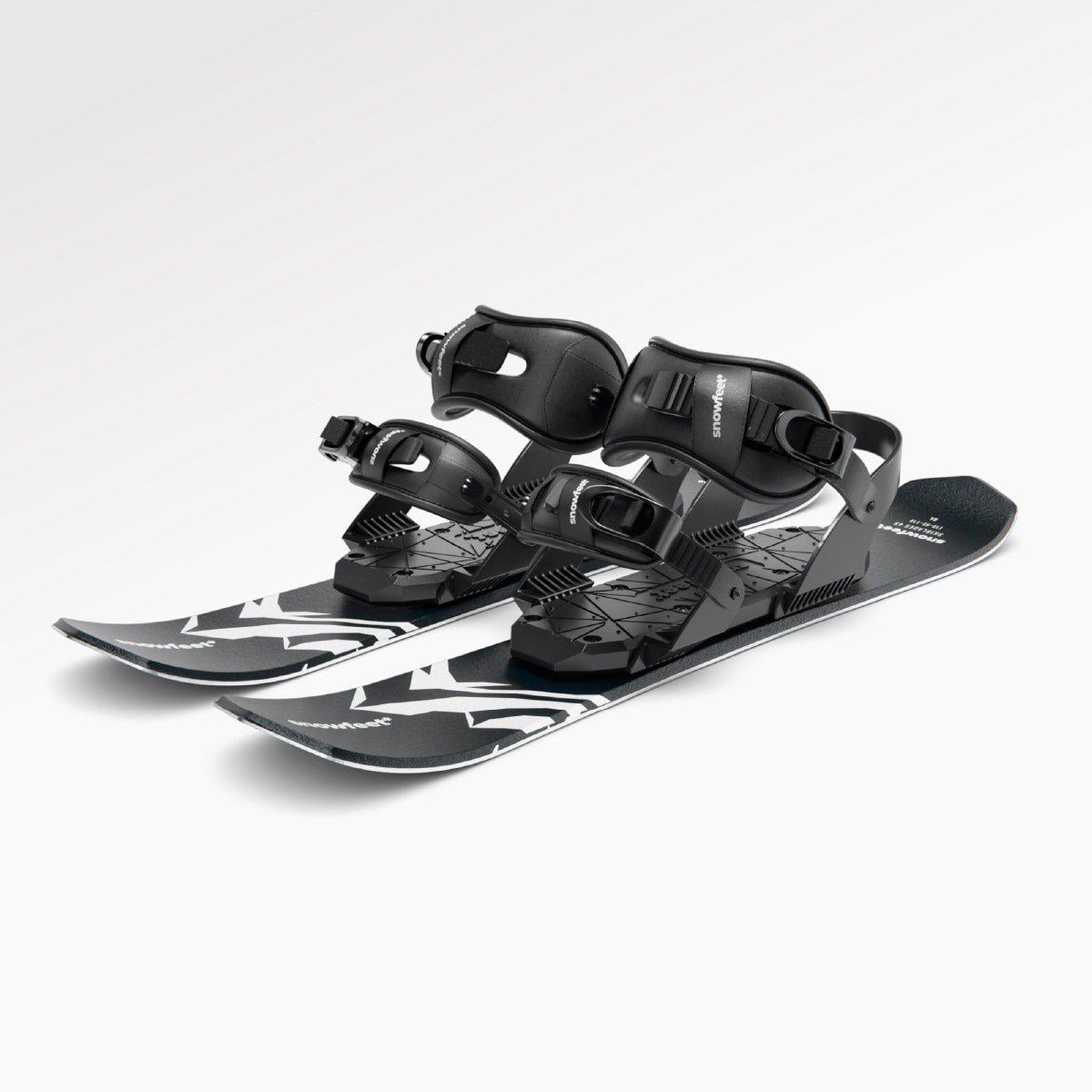



Laisser un commentaire
Ce site est protégé par hCaptcha, et la Politique de confidentialité et les Conditions de service de hCaptcha s’appliquent.